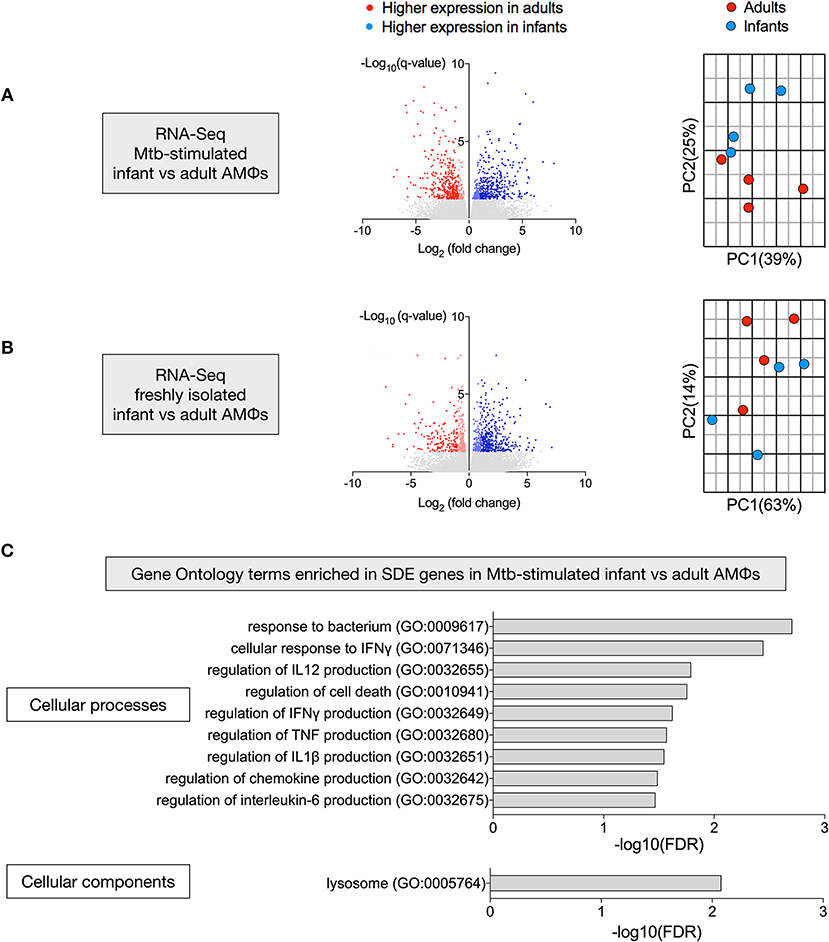
However, because of its resolution and variations generated in the X-ray image, it has been suggested that bone mineral losses of at least 30% are required before they may be visually measured using a conventional X ray (9,10). Hence, the mineral density of bone can be estimated by the degree of gray color of the X-ray image in the bone region.

Although demineralized bone has an image density closer to soft tissues, dense mineralized skeletal tissues appears relatively white on an X-ray image. Bone density was initially estimated from the conventional X ray by comparing the image density of the skeleton to the surrounding soft tissues. Indeed, the ability to accurately assess bone fracture risk noninvasively is essential for improving the diagnostic as well as therapeutic goals (i.e., assessing temporal changes in bone during therapy) for bone loss from such varied etiologies as osteoporosis, microgravity, bed rest, or stress-shielding around an implant.Īssessment of bone mineral density (BMD) has become as essential element in the evaluation of patients at risk for osteopenia and osteoporosis (2,5–8). Early identification of fracture risk, most commonly caused by osteoporosis-induced bone fragility, is also important in implementing appropriate treatment and preventive strategies. Hence, early diagnosis that can predict fracture risk and result in prompt treatment is extremely important. Thus, approximately a total of 24 million people suffer from osteoporosis in the United States alone, with an estimated annual direct cost of over $18 billion to national health programs. Another 37–50% of women aged 50 years and older, and 28–47% of men of the same age group, have some degree of osteopenia. Have radiographic evidence of osteoporosis (2–4). One-third of women over 65 will have vertebral fractures and 90% of women aged 75 and older These rates correspond to 4 6 million women and 1 2 million men who suffer from osteoporosis (1). About 13–18% of women aged 50 years and older, and 3–6% of men aged 50 years and older, have osteoporosis in the United States alone. Osteoporosis is a reduction in bone mass or density that leads to deteriorated and fragile bones and is the leading cause of bone fractures in postmenopausal women and in the elderly population for both men and women. BONE DENSITY MEASUREMENTĬhronic diseases, such as musculoskeletal complications, have a long-term debilitating effect that greatly impacts quality of life. See also BIOMATERIALS, TESTING AND STRUCTURAL PROPERTIES HIP JOINTS, ARTIFICIAL ORTHOPEDICS, PROSTHESIS FIXATION FOR RESIN -īASED COMPOSITES. Effect of test frequency on the in vitro fatigue life of acrylic bone cement.
STEREOLOGY EICH CRACK
On fatigue lifetimes and fatigue crack growth behavior of bone cement. The relationship between porosity and fatigue characteristics of bone cements. Difference in bone-cement porosity by vacuum mixing, centrifugation, and hand mixing. Effect of mixing method and storage temperature of cement constituents on the fatigue and porosity of acrylic bone cement. Stress relaxation modeling of polymethylmethacrylate bone cement. Is it advantageous to strengthen the cementmatel interface and use a collar for cemented femoral components of total hip replacement.

The use of a collar and precoating on cemented femoral stems is unnecessary and detrimental.

The mechanical properties fo cement and loosening of the femoral component of hip replacements. Creep behavior of bone cement: a method for time extrapolation using time-temperature equivalence. Experience with the Exeter total hip replacement since 1970. Creep properties of three low temperature-curing bone cements: a preclinical assessment.


 0 kommentar(er)
0 kommentar(er)
